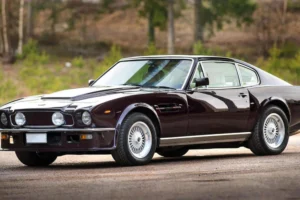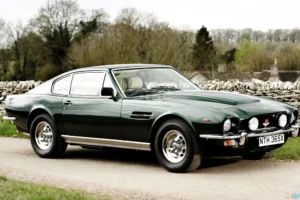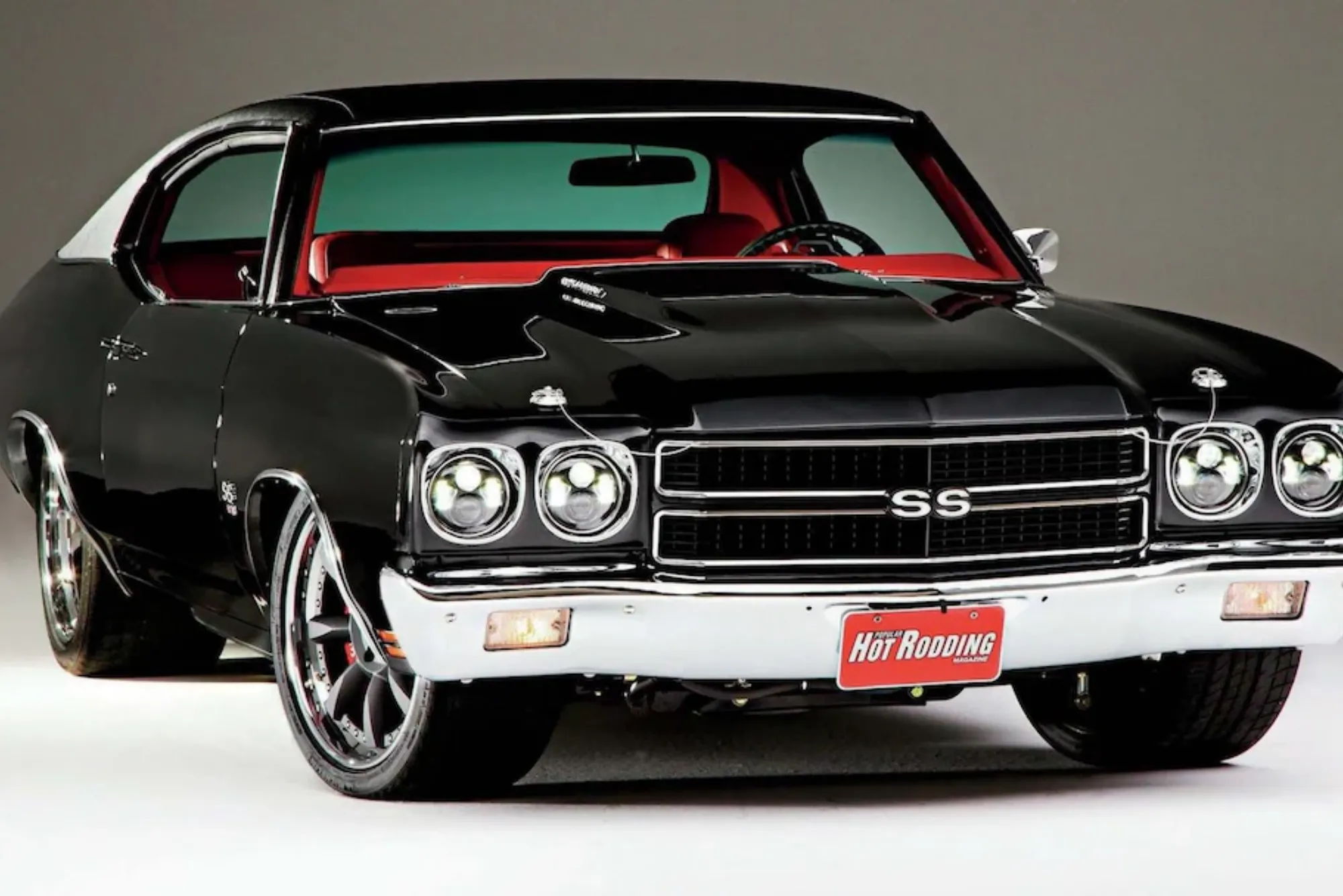The 1970s – a decade characterized by disco fever, bell-bottoms, and an unmistakable sense of liberation – also left an indelible mark on automotive history. It was an era of innovation and style, where cars weren’t just modes of transportation but symbols of status and personal expression. As we delve into the world of 70s automobiles, we uncover a rich tapestry of design, technology, and cultural significance that continues to captivate enthusiasts and collectors today.
The Rise of Muscle Cars
The 1970s witnessed the zenith of American muscle cars, with iconic models like the Chevrolet Camaro, Ford Mustang, and Dodge Challenger dominating the roads. These behemoths weren’t just about raw power; they were feats of engineering marvel, boasting V8 engines, sleek aerodynamics, and blistering acceleration. From drag strips to suburban streets, muscle cars became synonymous with speed, freedom, and rebellion, leaving an indelible mark on automotive culture that endures to this day.
Innovation and Design
Certainly! The 1970s was a transformative period for automotive innovation and design, marked by a convergence of technological advancements and bold stylistic experimentation. Let’s delve deeper into how these elements shaped the landscape of 70s automobiles:
Technological Advancements

During the 1970s, automotive engineers pushed the boundaries of technology, introducing groundbreaking innovations that revolutionized performance, safety, and efficiency.
Electronic fuel injection emerged as a game-changer, replacing traditional carburetors and delivering more precise fuel delivery, resulting in improved engine performance and fuel economy.
The widespread adoption of radial tires offered superior grip, stability, and durability compared to bias-ply tires, enhancing both handling and safety on the road.
Catalytic converters became standard equipment, helping to reduce harmful emissions and comply with increasingly stringent environmental regulations, such as the Clean Air Act of 1970.
Stylistic Experimentation
The 1970s witnessed a departure from the sleek, streamlined designs of the 1960s, giving way to more angular, geometric shapes and bold, expressive styling cues.
Car manufacturers embraced futuristic aesthetics, incorporating features like pop-up headlights, T-top roofs, and wraparound windshields that reflected the spirit of innovation and progress.
Interior design also underwent significant evolution, with emphasis placed on comfort, convenience, and luxury. Plush upholstery, wood-grain accents, and high-tech gadgets became hallmarks of 70s automotive interiors.
Moreover, the era saw the introduction of iconic design elements that have since become synonymous with 70s automobiles, such as the distinctive “coke-bottle” silhouette of the Chevrolet Corvette and the iconic “flying buttress” rear window of the Lamborghini Countach.
Impact on Modern Automobiles
Many of the technological innovations and design trends pioneered in the 1970s continue to influence modern automobiles, shaping the way vehicles are engineered, styled, and manufactured.
Features like electronic fuel injection, radial tires, and catalytic converters have become standard fare in today’s cars, contributing to improved performance, efficiency, and environmental sustainability.
Stylistically, the bold, expressive designs of 70s automobiles continue to inspire contemporary automotive designers, with elements like retro-inspired body lines, bold color schemes, and vintage-inspired accents making a resurgence in modern vehicles.
Cultural Significance
Certainly! In exploring the cultural significance of 70s automobiles, it’s essential to understand how these vehicles became emblematic of the era’s social, economic, and cultural landscape.
During the 1970s, automobiles weren’t merely modes of transportation; they were symbols of freedom, status, and personal identity. As the Baby Boomer generation came of age, car ownership became a rite of passage, representing newfound independence and autonomy.
For many young adults, owning a car wasn’t just about getting from point A to point B; it was about hitting the open road, embarking on spontaneous adventures, and experiencing the thrill of newfound freedom.
Moreover, 70s automobiles played a pivotal role in shaping popular culture, appearing prominently in movies, television shows, and music videos of the era. From sleek muscle cars tearing up the silver screen to iconic vehicles featured in hit songs, these automobiles became larger-than-life symbols of coolness and rebellion.
Think of the Ford Mustang in “Bullitt” or the Pontiac Trans Am in “Smokey and the Bandit” – these cars weren’t just props; they were characters in their own right, captivating audiences and igniting imaginations.
Furthermore, the cultural significance of 70s automobiles extended beyond their portrayal in media; they also reflected broader societal trends and values. As concerns about environmental conservation and fuel efficiency grew, car manufacturers began to prioritize smaller, more fuel-efficient models, leading to the rise of compact cars like the Volkswagen Beetle and the Honda Civic.
These shifts in consumer preferences reflected changing attitudes toward sustainability and conservation, highlighting the interconnectedness between automobiles and broader social issues.
Collector’s Market

Fast forward to the present day, and the allure of 70s automobiles shows no signs of waning. In fact, the collector’s market for vintage vehicles from this era is booming, with enthusiasts and investors clamoring to own a piece of automotive history. From meticulously restored classics to barn-find treasures, these cars represent more than just nostalgia – they’re tangible connections to a bygone era of style and sophistication. For those in the market, navigating the complexities of buying, selling, and maintaining a vintage car can be daunting, but for true enthusiasts, the thrill of ownership is worth every penny.
As we reflect on the enduring legacy of 70s automobiles, one thing becomes abundantly clear: these cars are more than just machines – they’re time capsules, preserving a moment in history when innovation, style, and culture collided in spectacular fashion. Whether you’re a die-hard enthusiast or simply appreciate the beauty of a classic car, the allure of 70s automobiles transcends generations, reminding us of a simpler time when the open road was calling, and anything seemed possible.








